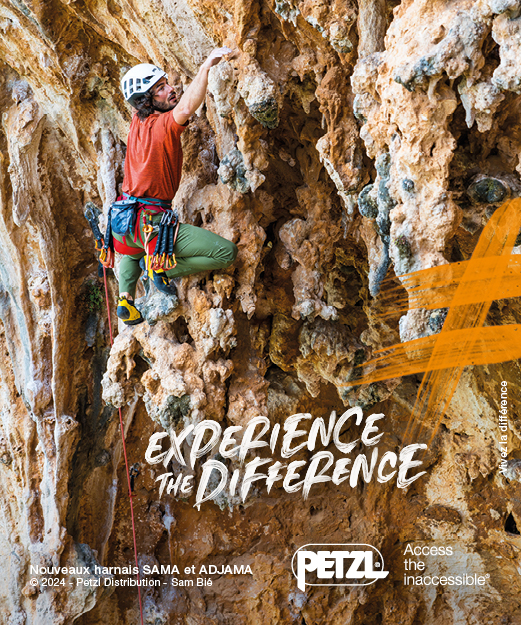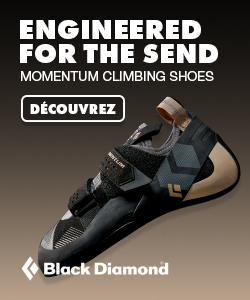Clunk: Shoulder Instability Climbing

You hear it and feel it. Your shoulder popped in and out of the socket yet again. Going out and overhead to the next hold. Making contact with that jug at the end of the dyno. Pushing up and over the mantle. Reaching into the backseat of your car. Rolling over the wrong way in your sleep. Any and all of these positions may be vulnerable for the unstable shoulder.
The shoulder is one of two ball-and-socket joints within the human body. This type of joint provides a wide range of motion. However, relative to the hip, the shoulder is less stable by design. The socket of the glenoid fossa on the scapula is quite small and shallow, while the head of the humerus is large. Below is an image from Complete Anatomy 2020 showing the bone anatomy of the shoulder.

The design of the joint demands a lot of support from the static (i.e. ligaments, labrum) and dynamic stabilizing structures (i.e. muscles) to produce optimal arm posture and movement. Below are two images from Complete Anatomy 2020 showing the deep stabilizing structures of the shoulder and shoulder girdle.

Shoulder instability takes a variety of forms and poses a threat to the delicate balancing act performed by the joint’s soft tissues. Instability may occur via traumatic (i.e. fall, collision) or atraumatic (i.e. generalized laxity, repetitive overuse) mechanisms.

A fall from a high ball onto an outstretched arm may be associated with a dislocation of the joint in which the humeral head comes out of the glenoid. Once the bones are returned to their rightful place, the person may still be at risk for recurrent dislocations or subluxation (partial or incomplete dislocation) with movement.
Dislocation causes stress and injury to the surrounding muscles, ligaments, and the labrum. However, traumatic dislocation is not the only way these structures can be disrupted leading to instability. Repetitive overhead activity may also cause similar joint damage and instability. Pulling hard through an overhang and stabilizing against a gaston are just a couple examples of this type of activity for climbers.
Read also : Upper-body wobbleboard training effects on the post-dislocation shoulder








